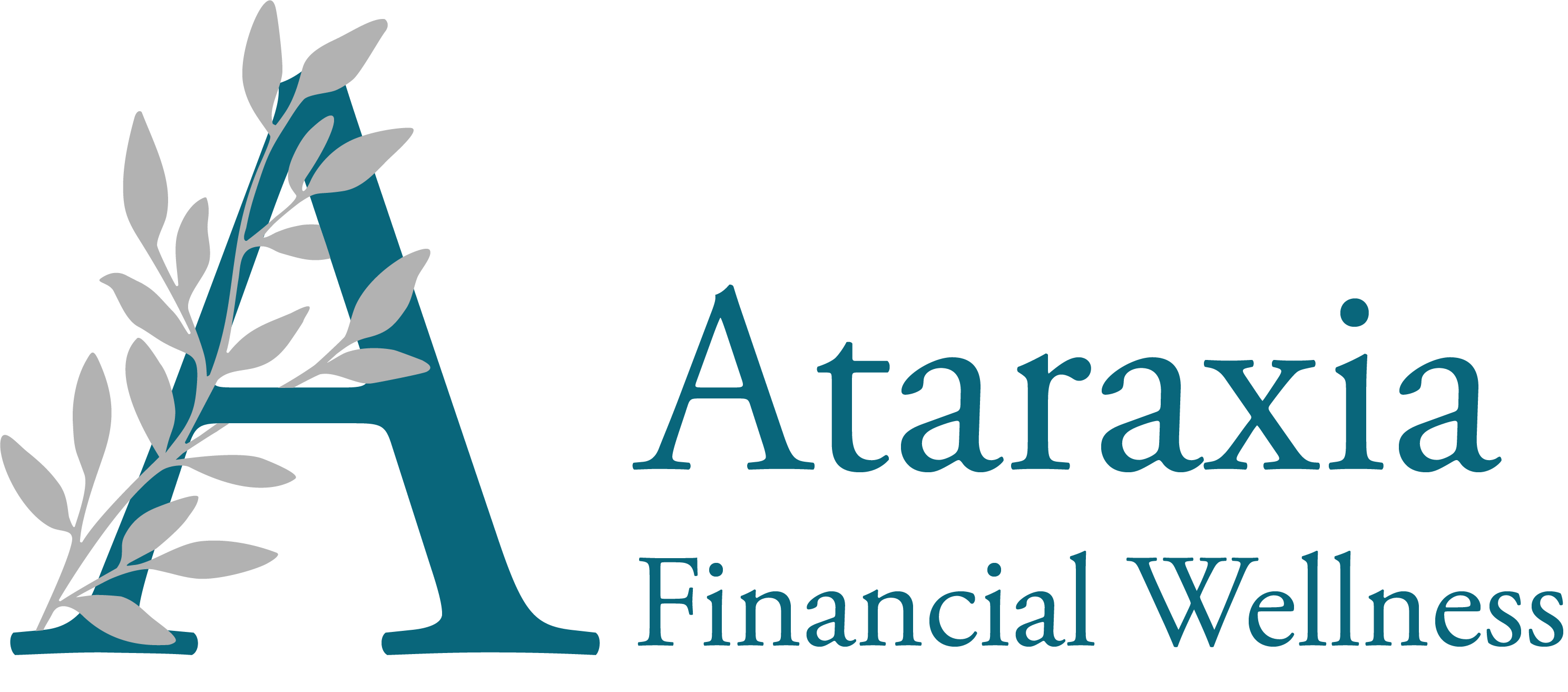Credit cards are an essential financial tool for millions of Canadians, offering convenience, security, and the ability to build credit history. Whether you’re new to credit cards or looking to better understand your existing cards, here’s everything you need to know about how credit cards work.

The Basics of Credit Cards
A credit card allows you to borrow money from a financial institution (usually a bank) up to a predetermined limit. Unlike debit cards that draw directly from your bank account, credit cards give you the flexibility to pay for purchases now and repay the borrowed amount later.
How Credit Cards Function
- Credit Limit: This is the maximum amount you can charge to your card
- Statement Period: Typically 30 days, after which you receive a statement
- Payment Due Date: Usually 21 days after your statement date
- Grace Period: Interest-free days between purchase and payment due date. There is no grace period for credit card cash advances.
- Minimum Payment: is the minimum amount you pay to remain in good standing.
Types of Credit Cards Available in Canada
1. Rewards Credit Cards
- Cash Back: Earn a percentage of purchases back as cash
- Travel Rewards: Accumulate points or miles for flights and hotels
- Store Rewards: Specific retailer rewards and discounts
2. Low-Interest Credit Cards
- Lower annual percentage rates (APR)
- Ideal for carrying balances month-to-month
- Often have fewer perks than rewards cards
3. Secured Credit Cards
- Require a security deposit
- Good for building or rebuilding credit
- Deposit typically equals credit limit
4. Premium Credit Cards
- Higher annual fees
- Enhanced rewards and benefits
- Airport lounge access, concierge services, travel insurance, and other premium benefits.
Understanding Interest and Fees
Interest Rates
- Purchase APR: Interest on regular purchases (typically 11% – 24%)
- Cash Advance APR: Higher rate for cash withdrawals (typically 22.99% – 27.99%)
- Balance Transfer APR: May offer promotional rates as low as 0% for a limited time
Common Fees
- Annual Fee: Ranges from $0 to $700+ depending on card features
- Cash Advance Fee: Charged when cash is withdrawn from the credit card
- Overlimit Fee: Charged when exceeding credit limit
- Foreign Transaction Fee: a percentage for purchases outside Canada, this maybe factored into the currency exchange rate
Building Good Credit in Canada
Credit Score Factors
- Payment History: Always pay on time and try to pay the account off each month
- Credit Utilization: Try to use 70% or less of your credit limit
- Length of Credit History: Maintain older accounts to prove longer histoy
- New Credit: Avoid too many applications and too many products. Most individuals don’t need more than one or two credit cards
Best Practices
- Pay your balance in full each month
- Use credit for planned expenses that are already in your budget, such as gas or groceries
- Monitor your credit report regularly and review your credit card statements for accuracy
- Keep old cards open (if no annual fee)
- Set up automatic payments
Choosing the Right Credit Card
Consider Your Needs
- Spending Habits: Where do you spend most? A store loyalty card might be best
- Annual Income: Higher income may qualify for premium cards if you can justify the higher fees
- Credit Score: Determines approval and rates
- Financial Goals: Rewards vs. low interest – if you might carry a balance from one month to another, a low interest card may be best
Application Process
- Check Eligibility: Age (18+ ), income requirements, some premium cards may also have an annual minimum spend
- Compare Options: Use comparison websites and visit the websites of each bank
- Gather Documents: Proof of income and identification
- Apply Online or In-Person: Response typically within minutes to days
Managing Multiple Credit Cards
Benefits
- Diversified rewards, such as travel benefits and store loyalty
- Lower overall credit utilization – it may be easier to ensure you remain below the 70% threshold
- Backup payment method incase a card is lost or stolen
- Possible balance transfer opportunities
Considerations
- Annual fees can add up
- Harder to track spending and requires more discipline
- Higher potential for overspending
- May impact credit score slightly
Security and Fraud Protection
- Chip and PIN Technology: Be very careful to never let anyone know your PIN either intentionally or accidentally
- Contactless Payments: Set a limit for tap purchases to limit potential fraudulent purchases
- Fraud Monitoring: Turn on automatic alerts for suspicious activity
- Limited Liability: If you keep your PIN a secret and report lost or stolen cards as soon as possible, you likely won’t be liable for fraudulent transactions on your credit card.
- Account Freezes: When you report a card as lost or stolen, the credit card company can freeze your account to prevent further transactions.
Conclusion
Credit cards can be powerful financial tools when used responsibly. By understanding how they work, choosing the right card for your needs, and maintaining good credit habits, you can maximize benefits while minimizing costs. Remember to always read the terms and conditions, stay within your means, and use credit as a tool for convenience rather than a way to live beyond your income.
